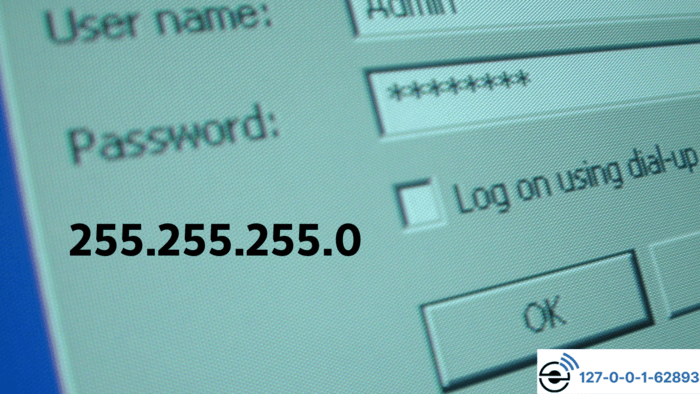The 255.255.255.0 subnet mask remains one of the most widely used masks in IPv4 networks. It organizes devices and ensures efficient communication within a network.
Network administrators frequently configure it on home routers to manage multiple device connections to the internet.

Many networking certifications, such as the CCNA, include the 255.255.255.0 subnet mask in their training and exams. Professionals often study it to understand subnetting, a technique for dividing more extensive networks into smaller, more manageable segments.
The subnet mask separates an IP address into two parts: the network portion and the host portion. It allows 256 IP addresses in a single subnet, with 254 available for assigning devices. The network and broadcast addresses use the remaining two.
Understanding the 255.255.255.0 subnet mask plays a critical role in mastering networking concepts. Professionals use it to create structured and efficient IPv4 networks. Whether setting up a router or studying for an exam, learning this subnet mask builds essential skills for managing network systems effectively.
255.255.255.0 and Subnetting
Subnetting divides a large IP address block into smaller groups. This approach reduces network congestion and manages access between subnets. Each subnet is defined using a subnet mask.
In earlier times, subnetting relied on classful networks. These networks grouped IP addresses into five categories (A, B, C, D, E) based on their numerical values.
The 32-bit binary format for 255.255.255.0 is:
- 11111111 11111111 11111111 00000000
The mask’s zero bits specify the subnet’s IP address range. The range includes 8 bits, giving 256 addresses in total. Adjusting the subnet mask allows for the creation of smaller subnets, as shown in the table below.
Classful Subnetting with 255.255.255 Mask Prefix
| Mask | Number of Subnets | Hosts per Subnet |
| 255.255.255.252 | 64 | 2 |
| 255.255.255.248 | 32 | 6 |
| 255.255.255.240 | 16 | 14 |
| 255.255.255.224 | 8 | 30 |
| 255.255.255.192 | 4 | 62 |
| 255.255.255.128 | 2 | 126 |
| 255.255.255.0 | 1 | 254 |
A wrongly configured subnet mask also referred to as a netmask, can block your access to the internet.

Subnets and CIDR
The traditional classful addressing system resulted in unused IP addresses. Large organizations and internet providers held onto extensive address blocks that remained inaccessible to others. In the 1990s, classless addressing emerged to address the rising demand for IPv4 addresses.
Classless networks replace the standard subnet mask format with a shorter version. Classless Inter-Domain Routing (CIDR) represents an IP address and its mask in the following format:
- xxx.xxx.xxx.xxx/n
Here, n indicates the number of 1s in the mask, ranging from 1 to 31.
CIDR allows flexible IP address allocation by associating network masks with IP numbers regardless of their original class. Routers that recognize CIDR treat these networks as individual routes, even when they group multiple traditional subnets.
Network Classes
The InterNIC organization oversees internet domain names and categorizes IP addresses into classes. The most common ones are A, B, and C. A Class C network typically uses the default mask 255.255.255.0.
Using 255.255.255.0 as an IP Address
Although 255.255.255.0 looks like an IP address, it is a subnet mask, not a device address. Assigning this number, or any number starting with 255, as a device’s IP will result in a failed network connection due to predefined IP range limitations.
